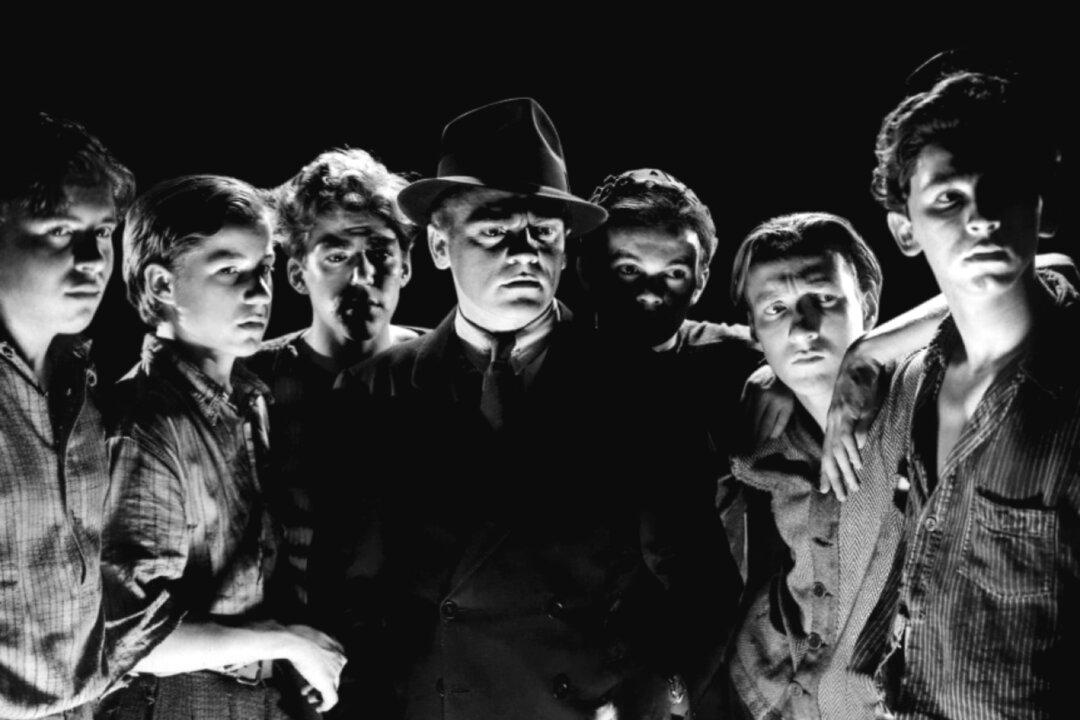NR | 2h 25m | Biopic | 1948
Now, they command her to lead France in battle and crown the Dauphin Charles (José Ferrer) king. But he’s a wastrel, only reluctantly allowing her to lead his cousin Jean, Duke d'Alençon (John Emery), war captain La Hire (Ward Bond), and their men in battle. A stranger to courts, warfare, and statecraft, a prayerful but purposeful Joan defies sceptics and mobilizes what becomes known as “the maid’s army.”

She inspires a military resurgence that helps crown Charles. But instead of acknowledging God’s hand in his victory and leading a virtuous kingdom, Charles meekly accepts a bribe and forbids further combat with England. Worse, he hands Joan over to the English and French conspirators and, eventually, to martyrdom.
Producer David O. Selznick, like Ingrid Bergman, had long wanted to make a film on Joan while Bergman was contracted to him, but it wasn’t meant to be. Disappointed, Bergman jumped at the chance to play Joan in the 1946 Broadway production “Joan of Lorraine” when free of Selznick’s contract. The play, written by Maxwell Anderson, was such a hit that Bergman formed a production company with others, Sierra Pictures, to make a screen adaptation, shot largely in Los Angeles.
Bergman hired Walter Wanger as producer and Victor Fleming as director; Fleming had directed her in “Dr. Jekyll and Mr. Hyde” (1941). She retained Anderson as screenwriter (alongside Andrew Solt), who kept most of the dialogue from his play, but used more linear storytelling in the film.

Bergman, 33, is youthful enough to pass off as a 19-year-old, but too beautiful and womanly to pass off as a lad as she’s meant to here, even one with a haircut. Still, her valiant yet vulnerable portrayal of saintly radiance secured her a Best Actress Oscar nomination.

The Metropolitan Museum of Art designed Joan’s armor to lend it medieval authenticity, although, for the convenience of shooting on set, it was made of aluminium rather than steel.
Weapons Strengthened by Virtue
Anderson’s Joan has several qualities that set her leadership apart. She wants virtue, not just weaponry, to be the cornerstone of any victory. She tells Charles and his citizenry, “What you need is faith in God. When you have that, you’ll have faith in yourself.” She warns, “It is not enough that God is on our side. We must be on his.”French captains, impressed by the swelling numbers of men following Joan into battle, are desperate to retain every volunteer. Unmoved, Joan insists that the men repent of their sins and give up gambling, swearing, and womanizing. She’ll lead a virtuous army, or none at all.
Joan loathes violence, imploring the English commander at Orléans to retreat to avoid further bloodshed. She hates war and prays for peace. But she’s wise enough to know that there can be no peace without freedom and truth. It’s why she fumes when Charles signs a truce behind her back.
Humbly, Joan accepts that she can’t always hear God’s will, let alone unambiguously. She prays for forgiveness if her ineptitude or inaction has thwarted or delayed God’s will. She wonders if there’s some weakness in her that’s led her to be branded a sorceress, witch, and heretic.

In one scene, a blood-stained Joan staggers across a deserted battlefield, mourning the dead and dying; her face is bathed in sweat, her short-cropped hair in disarray. Torn between what she sees as her sacred mission and the real-world consequences of that mission, she wonders if it’s God’s will she’s obeying, or her own.
Throughout her vexed trial, though, her conspirators display remarkable certainty. That’s Anderson’s way of saying that faith isn’t the absence of doubt, but the divinely inspired courage to cope with it.







